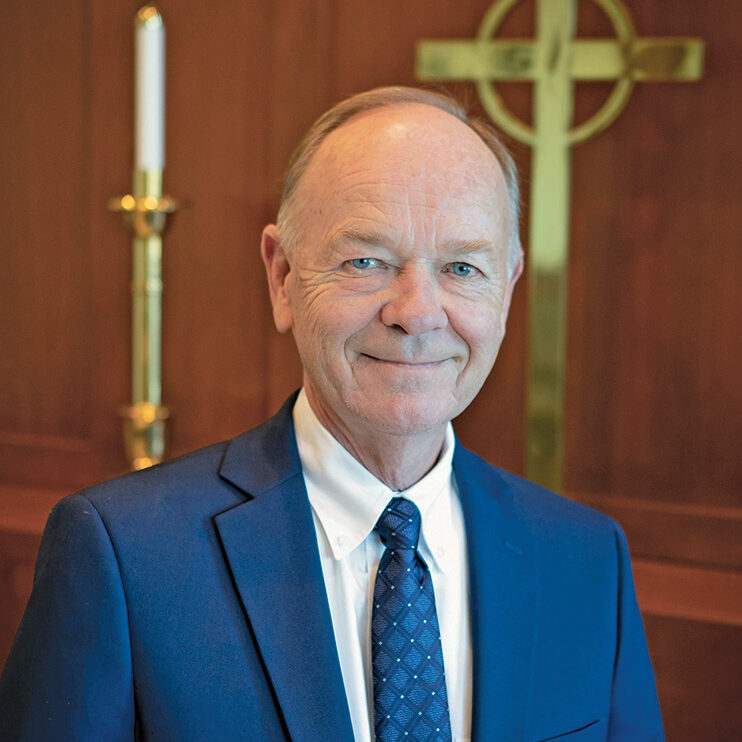 |
It was the summer of 1961. The Wisconsin Synod, meeting in convention, had just made the very difficult decision to suspend fellowship with the Lutheran Church—Missouri Synod for doctrinal reasons. That decision was not made easily or hastily; leaders of our synod had been working strenuously for a decade to convince the Missouri Synod to return to the doctrine and practice that it had held for more than a century.
The decision was difficult. WELS had enjoyed a close bond of fellowship with the Missouri Synod since the late 1800s. Members of each synod could worship and commune in either synod. Pastors from each synod could preach and serve in the other. Our two synods carried out mission work together and jointly supported other ministries. All of that would end.
Many families and congregations were divided and alienated from one another. My own family was affected by this, with several aunts and uncles having membership in a Missouri Synod church. Joint worship and a shared mission with them were no longer possible.
Still another difficulty was a practical one. For decades, the Wisconsin Synod was happy to take a secondary position with its much larger sister synod. WELS had few foreign missions of its own, choosing rather to support missions that were primarily the result of the efforts of the Missouri Synod. What was true of world missions was also true of home missions. In 1961, while the Missouri Synod had congregations throughout the United States, the Wisconsin Synod was primarily a midwestern synod, with congregations in only 16 states. If our synod was to truly stand on its own, we would need to do the work of planting both foreign and domestic missions.
WELS leaders and members recognized that and were soon making plans to expand efforts to extend the reach of our synod. Even though WELS had congregations in only 16 states, an ambitious and faith-filled goal was adopted: “Every state by ’78!”
Our synod undertook what seemed to be an impossible task. But God blessed the efforts.
By 1979 our synod had congregations in 47 states. In that time the synod had grown from 829 congregations to 1,135. The expansion of WELS world mission efforts was just as dramatic.
Is there anything stopping our synod from making similar ambitious plans today?
In 2025, WELS will celebrate 175 years since the synod’s founding in 1850. What better way to approach that anniversary than with a renewed zeal and commitment to expand the reach of our gospel ministry? Our WELS Board for World Missions has identified at least 4 new potential world mission fields and is already making plans to send missionaries (read Potential new world mission fields). Our Board for Home Missions is talking about adopting a new ambitious goal of planting 100 new home missions in 10 years. We are thankful that our mission boards are not standing still but are looking for new places to proclaim the saving gospel.
While many Christian churches today are fretting about disappearing congregations and declining members, we have an opportunity to move in the opposite direction. To do that, it takes good planning; faith-filled commitment; and, most of all, God’s amazing help and promises.
Author: Mark Schroeder
Volume 108, Number 4
Issue: April 2021
- We know the results
- Alone time
- President’s message: The fields are ripe for harvest
- More than a job
- Waiting: Never easy but always a blessing





